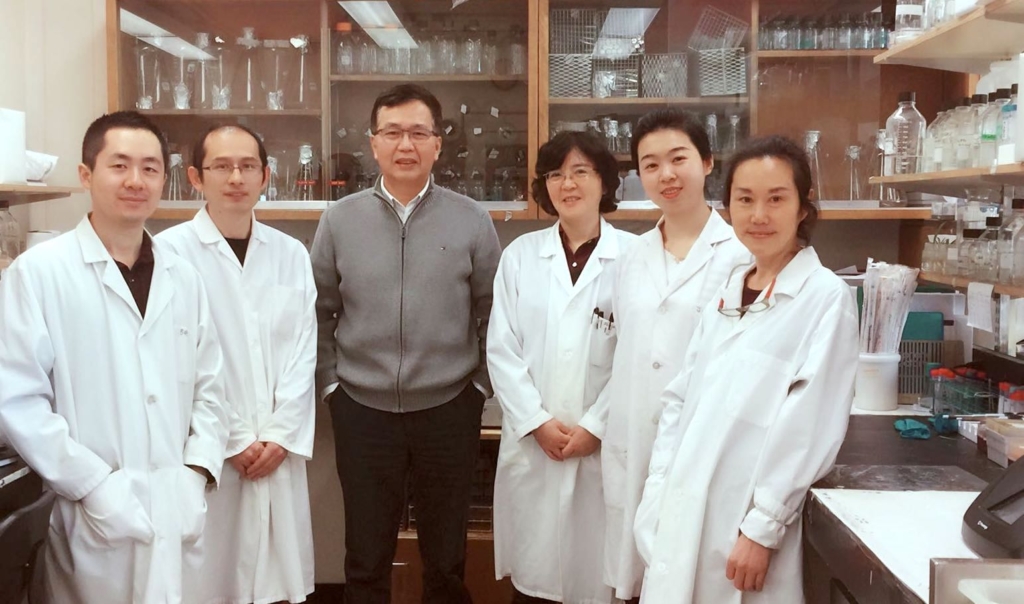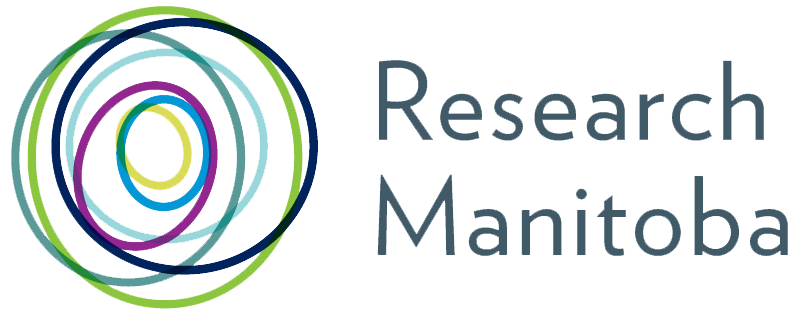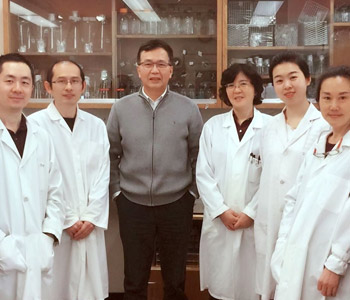Written by: Brian Cole

Research Manitoba is funding a local scientist in his efforts to develop a vaccine for COVID-19, the novel coronavirus that to date has killed more than 70,000 people around the world, including more than 300 in Canada.
Xiao-Jian Yao, a professor in the Department of Medical Microbiology at the University of Manitoba, received a total of $597,128 ($270,550 from Research Manitoba and $326,578 from Canadian Institutes of Health Research) for a project to develop a new vaccine.
He is one of three Manitoba scientists who have recently received coronavirus-related funding from Research Manitoba. The others are:
• Adolf Ng, who received $258,900 for an Investigation on Epidemic Logistical Response and Planning.
• Bradley Pickering, who received $270,550 from Research Manitoba and $140,270 from the Canadian Institutes of Health Research for the development of field-deployable and point-of-need diagnostics for COVID-19.
All told, the Canadian Institutes of Health Research is supporting 16 projects in Manitoba and 96 across Canada that will focus on developing and implementing measures to rapidly detect, manage, and reduce the transmission of COVID-19.
Xiao-Jian took time to discuss his work with Research Today.
RT: COVID-19 emerged late last year and is now infecting large numbers of people around the world. What do we know about this virus?
Xiao-Jian: COVID-19 belongs to the Coronaviridae family, and has some genetic variations compared to previous coronaviruses. The virus infects people by using protein spikes to bind to angiotensin-converting enzymes (ACE2) which are present in the cells of the upper and lower respiratory tract. Some reports suggest that COVID-19’s protein spikes have evolved to bind more strongly to the ACE2 cells than other viruses.
RT: Is this virus more dangerous than the annual influenza virus?
Xiao-Jian: Yes. Seasonal influenza A viruses tend to mediate infection in the upper respiratory tract. COVID-19 is able to infect both upper and lower respiratory tracts. Some studies have revealed other important differences, including:
Transmission rate: Someone with influenza may transmit the disease to 1.3 people. The current numbers suggest someone with COVID-19 could infect as many as 2 to 2.5 people.
Incubation time: The flu has an incubation time of about 1 to 4 days, while COVID-19 appears to have an incubation rate of 1 to 14 days. Also, some infected individuals can spread the virus in the absence of symptoms.
Hospitalization rate: The flu has a hospitalization rate of about 2 per cent, while the rate for COVID-19 is about 19 per cent.
Fatality rate: The fatality rate for the flu is about 0.1 per cent, compared to about 1 to 3.4 per cent for COVID-19.
RT: Your area of expertise is in the study of HIV and H5N1 influenza. What have you learned in studying those diseases, and how will that help with the research on a vaccine for COVID-19?
Xiao-Jian: As part of our efforts on vaccine development over the last two years, we have developed a platform that can be used to create vaccines for various viral pathogens, including HIV and influenza. We have shown that using this platform, we can develop vaccines that induce potent immune responses in animal models. The funding we have received from Research Manitoba and the Canadian Institutes of Health Research will allow us to study and develop anti-COVID-19 vaccine candidates and test their ability to induce anti-COVID-19 immune responses, including antibodies, in animal models.
RT: How does the platform work?
Xiao-Jian: As I mentioned earlier, the virus infects people by using its protein spikes to bind to ACE2 receptors which are present in the cells of the upper and lower respiratory tract. Our platform is designed to attack this connection, known as the receptor binding domain (RBD). Lessons learned from patients who recovered from the infection caused by SARS-CoV revealed that antiserum from SARS patients and from SARS-CoV-infected animals reacted strongly with the RBD. The antibody absorption with recombinant RBD from these antiserum samples resulted in the removal of most of the neutralizing antibodies. This is why our vaccine specifically targets COVID-19 RBD.
RT: How soon do you think you might have a vaccine ready for testing?
Xiao-Jian: We can’t predict a timeline for vaccine readiness at the moment. First we have to demonstrate that it can elicit strong immune responses in animal models. Second, we have to collaborate with industry for production and test the safety for human use.

